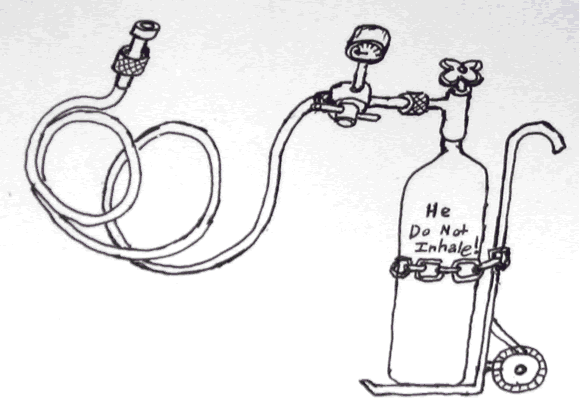Ideas for further experiment:
Here’s an idea: Actually think of an experiment, instead of always using math terms.
Get a box, and have it tightly sealed. Make sure it is an ideal calorimeter. Have a partition in the center. Have the partition well sealed with a tight gasket material, but able to slide freely. Inject a gas into either side, and then calculate the initial entropy of each gas, and then the final entropy when the center partition is pulled. You could also add a separate partition to one of the segments and shoot for negative entropy. Instead of just using the equations, the goal would be to detect a temperature difference. You would need a calorimeter proof container and accurate thermometers. Obviously if the reaction generated a readable temperature increase, it couldn’t be negative entropy. However, if the temperature reading was decreasing, then the reaction would be generating negative entropy.
Ideas for gases would be something like Dimethyl ether (CH3OCH3) and its isomer ethanol (C2H5OH). To the chemist these molecules have the same atomic weight because they have the same configurations. However, they behave differently, and would mixing them cause a strange effect? This gives rise to the idea of partial distinguishability, or indistinguishability. You can also just take notably different gases like nitrogen and oxygen. You would have to make sure they were at the same pressures and temperatures on either side of the partition to make sure you have the same number of gas molecules and the molar ratios wouldn’t be off.


